Why “think about systems”?
Over time, we humans have come up with ways to organize and make sense of phenomena.
 We see an object that provides light and warmth, and we give that object a name: the Sun. Then we observe that the sun appears over the horizon in one direction at first light and disappears in the opposite direction as it gets dark. We’ve identified a behavior of that object, and we name that behavior, sunrise and sunset or, if you’re Buckminster Fuller, you name that behavior sunsight and sunclipse.
We see an object that provides light and warmth, and we give that object a name: the Sun. Then we observe that the sun appears over the horizon in one direction at first light and disappears in the opposite direction as it gets dark. We’ve identified a behavior of that object, and we name that behavior, sunrise and sunset or, if you’re Buckminster Fuller, you name that behavior sunsight and sunclipse.
We now recognize a pattern, in this case a cycle that repeats each day, although we see variations in this pattern over the course of the year as day length varies, as does the location of sunrise and sunset.
To understand why these changes occur, we need to shift our perspective, from objects to interrelationships, from parts to patterns. Eventually, we come to understand that the behavior of the Sun and the behavior of Earth are intertwined, and that these two objects, the Sun and Earth, are part of a system, together with other objects such as the Moon that each have their own behaviors and interactions. These interrelationships cause a lot of the phenomena we experience, including day and night, seasons, tides, eclipses, and in the past century, interference with radio communication!
Here’s the good news: There is a growing recognition — by planetary scientists, organizational and civic leaders, wildlife biologists, educators and more — that the objects, people, places, events, nature we study, manage, write about or design are parts of complex systems. Studying systems can help us to understand the whole set of interrelationships rather than just the parts, and to analyze how changing one or a set of parts, or changing the pattern of the parts, can have far-reaching and sometimes unexpected consequences in other parts of the system. Great examples of applied systems thinking here and here.
More good news: Children of all ages can understand systems. In kindergarten-2 they can identify parts of how they work together, and in grades 3-5, they can understand that the whole can carry out functions that the individual parts cannot and look at the interaction among the parts. In grades 6-8, students can begin to explore how systems interact with other systems.
To try your hand at “thinking about systems”, take a look at the PBS Learning Media systems literacy site and walk yourself through the Teaching About Systems module or the Understanding Dynamic Systems module, designed for high school students. You can also check out the Waters Foundation and the Creative Learning Exchange for other great systems learning opportunities.
*Throughout his life, Buckminster Fuller urged people of all ages to pay attention to their language. The use of the words “sunrise” and “sunset” were of particular concern to him: “The most important thing to teach your children is that the sun does not rise and set. It is the Earth that revolves around the sun. Then teach them the concepts of North, South, East and West, and that they relate to where they happen to be on the planet’s surface at that time. Everything else will follow.” (Critical Path)







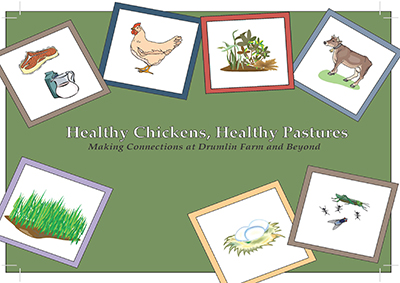
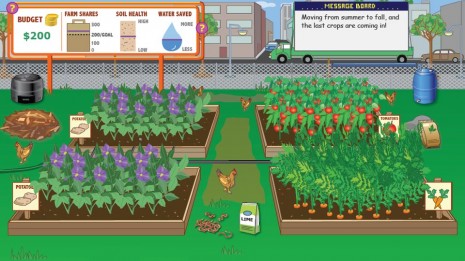
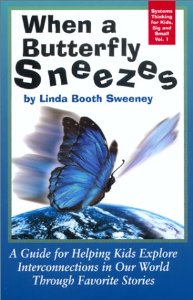
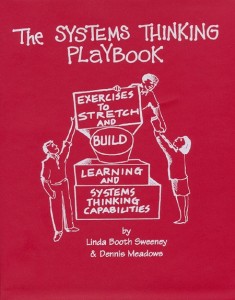

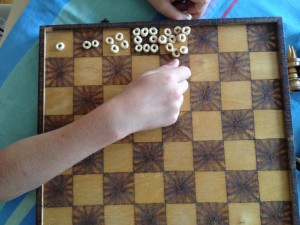
![photo[1]](http://lindaboothsweeney.net/blog/wp-content/uploads/2012/06/photo1-300x225.jpg)